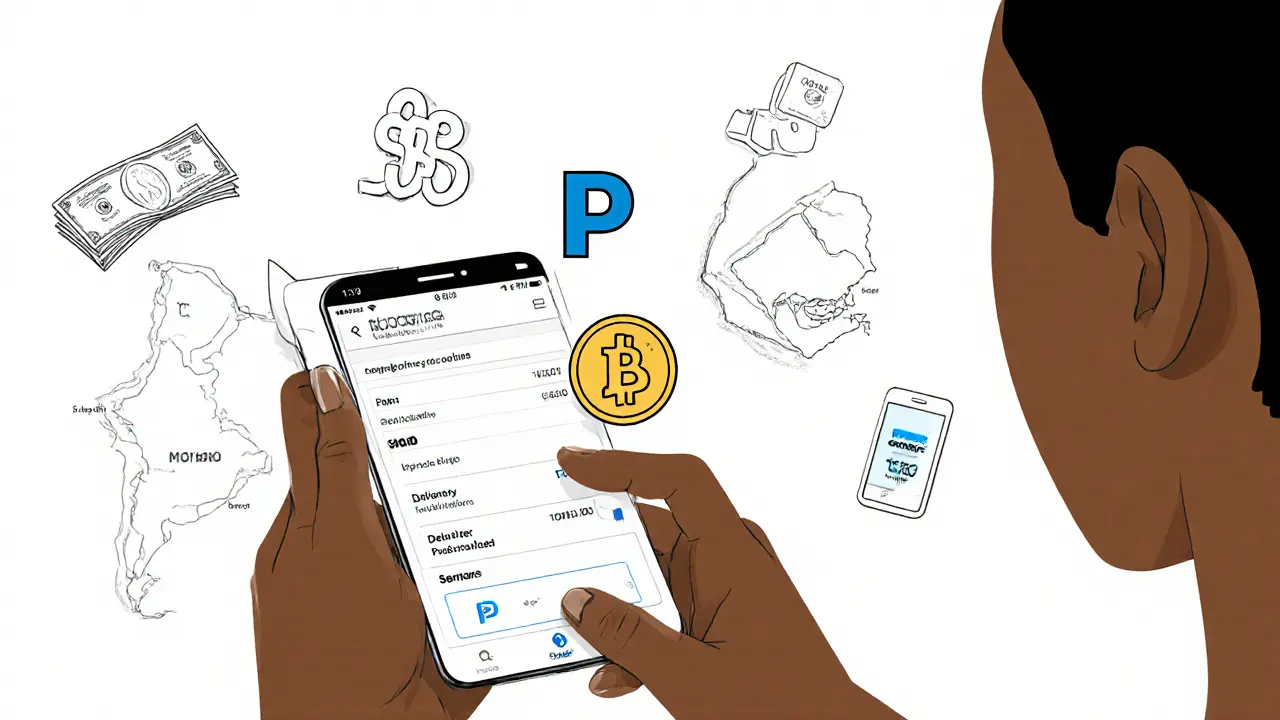Bolivia Crypto: What You Need to Know About Cryptocurrency Use in Bolivia
When it comes to Bolivia crypto, the legal status of digital currencies in Bolivia, where the government has banned all cryptocurrency transactions since 2014. Also known as crypto in Bolivia, it’s a topic that mixes strict regulation with real-world underground use. Unlike countries that embrace Bitcoin or create digital currencies, Bolivia doesn’t just discourage crypto—it makes it illegal to use, trade, or even accept it as payment.
That ban doesn’t mean people stopped using crypto. In cities like La Paz and Santa Cruz, you’ll still find people trading Bitcoin over WhatsApp, exchanging USDT for cash in person, or using P2P platforms to buy and sell. Why? Because inflation hit hard, the boliviano lost value, and banks were slow to respond. People turned to crypto not because it was trendy, but because they needed a way to protect their savings. The crypto regulations Bolivia, the strict legal framework enforced by the central bank that prohibits financial institutions from handling digital assets doesn’t stop individuals—it just pushes them into the shadows. Meanwhile, Bitcoin Bolivia, the most commonly used cryptocurrency in the country despite the ban, often traded via local P2P networks and cash meetups became a quiet lifeline for many.
What’s interesting is that Bolivia’s ban hasn’t worked the way officials hoped. Instead of eliminating crypto, it created a black market with no consumer protection. People lose money to scams, get ripped off by fake exchanges, or get caught with no legal recourse. There’s no official way to report fraud, no licensed platform to use, and no government guidance. That’s why most guides about Bolivia crypto focus on risks, not opportunities. If you’re thinking of using crypto there, you’re not just navigating technology—you’re navigating a legal gray zone.
And it’s not just about Bitcoin. Altcoins like Ethereum, USDT, and even obscure tokens show up in local P2P groups. But none of it is legal. The central bank has cracked down on merchants who accept crypto, shut down local crypto ATMs, and pressured banks to freeze accounts tied to digital asset activity. Still, the demand doesn’t fade. The same way people in Venezuela use crypto to survive hyperinflation, Bolivians use it to get around broken systems.
What you’ll find in the posts below aren’t tutorials on how to buy crypto in Bolivia—that’s dangerous advice. Instead, you’ll see real stories about how people bypass the ban, warnings about scams targeting locals, and comparisons to other countries with similar restrictions like Ecuador or Nigeria. You’ll learn how crypto adoption Latin America, the broader regional trend of informal crypto use in countries with unstable currencies or weak banking systems plays out differently in Bolivia than in Argentina or Colombia. And you’ll see why even a total ban can’t kill demand when people have nothing else to turn to.

How Bolivians Access Crypto Exchanges After the Ban Was Lifted
Bolivia lifted its crypto ban in 2024 and now has one of the fastest-growing crypto markets in Latin America. Learn how Bolivians buy and use stablecoins legally through peer-to-peer trading and international exchanges.
